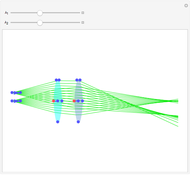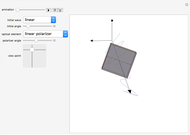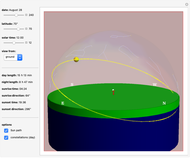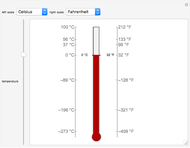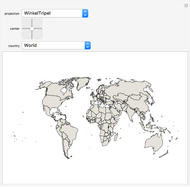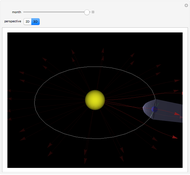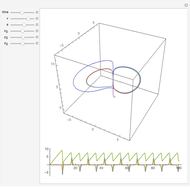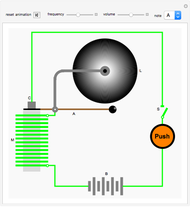Blue Sky and Red Sunset

Requires a Wolfram Notebook System
Interact on desktop, mobile and cloud with the free Wolfram Player or other Wolfram Language products.
If the Sun were viewed from beyond the Earth's atmosphere, it would appear to be an intense glowing white sphere. But the Sun's light, as it passes through the atmosphere to an observer on the Earth's surface, undergoes scattering by the molecules in the air.
[more]
Contributed by: S. M. Blinder (July 2012)
Open content licensed under CC BY-NC-SA
Snapshots
Details
References
[1] J. Trefil, Meditations at Sunset: A Scientist Looks at the Sky, New York: Scribner, 1987 pp. 3–11.
[2] C. R. Nave. "Blue Sky." HyperPhysics. Department of Physics and Astronomy, Georgia State University (Jul 3 2012). hyperphysics.phy-astr.gsu.edu/hbase/atmos/blusky.html.
[3] Wikipedia. "Rayleigh Scattering." (Jul 3, 2012). en.wikipedia.org/wiki/Rayleigh_scattering# Reason_for _the _blue _color _of _the _sky.
Permanent Citation
"Blue Sky and Red Sunset"
http://demonstrations.wolfram.com/BlueSkyAndRedSunset/
Wolfram Demonstrations Project
Published: July 3 2012












